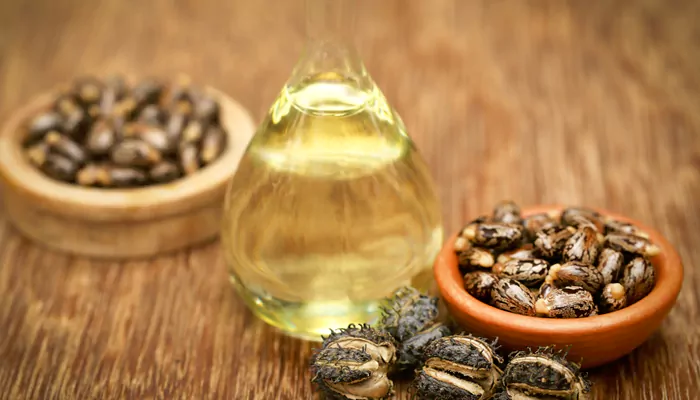
Stretch marks, those visible lines on the skin surface, are a common concern for many individuals, especially after rapid weight changes.
While completely removing stretch marks can be challenging, numerous remedies have been touted for their ability to reduce their appearance, one of which is castor oil. Derived from the seeds of the Ricinus communis plant, castor oil has been used for centuries for its therapeutic and medicinal benefits. But, is it any good for treating stretch marks? Let’s delve into what science and anecdotal evidence suggest about castor oil’s efficacy for this purpose.
Stretch marks, or striae distensae, occur when the skin's connective tissue is stretched beyond its flexibility due to rapid expansion or contraction of the skin. This stretching causes the dermis to tear, allowing the deeper skin layers to show through. Initially, stretch marks may appear red or purple, but over time, they often fade to a color slightly lighter than the surrounding skin.
Castor oil is rich in ricinoleic acid, a type of fatty acid known to possess anti-inflammatory, antimicrobial, and moisturizing properties. It’s these attributes that make castor oil a popular choice for skin care, including the treatment of acne, pigmentation, and scars. The theory behind using castor oil for stretch marks lies in its ability to hydrate the skin deeply, improving elasticity and helping to repair skin cells, thereby potentially reducing the appearance of stretch marks.
There is limited scientific research directly linking castor oil to the reduction of stretch marks. However, its effectiveness may be inferred from its proven benefits for other skin conditions and its moisturizing properties.
Moisturization
Castor oil is an excellent emollient, helping to lock moisture into the skin. This hydration can help improve the skin's elasticity, making it more pliable and less prone to tearing when stretched. Well-hydrated skin can also heal more efficiently, which could indirectly aid in the repair of stretch marks.
Promoting Skin Health
The fatty acids in castor oil can penetrate the skin and promote the growth of healthy tissue. This could help in reducing the prominence of stretch marks over time.
Anti-inflammatory Properties
The ricinoleic acid in castor oil has anti-inflammatory effects, which can be beneficial in reducing redness and inflammation associated with newly formed stretch marks.

Using castor oil for stretch marks involves topical application. Here’s a common method:
Apply Generously: Massage castor oil directly onto the stretch marks. Use enough oil to cover the marks thoroughly.
Cover the Area: After applying the oil, cover the area with a thin cloth or plastic wrap to keep the oil in place and maximize skin absorption.
Apply Heat: For deeper penetration, apply heat to the area using a hot water bottle or heating pad for 20-30 minutes. The warmth helps open pores, allowing the oil to be absorbed more effectively.
Repeat Regularly: Consistency is key. This process should be repeated daily for at least a few weeks to notice any potential improvements.
While castor oil is generally safe for topical use, it’s essential to perform a patch test before widespread application to avoid allergic reactions. Also, while castor oil is considered safe for external use, it should not be ingested.
The use of castor oil as a remedy for stretch marks is more anecdotal than scientifically proven. However, its moisturizing and healing properties may contribute to improving the appearance of stretch marks by enhancing skin elasticity and health. As with any home remedy, results can vary from person to person.